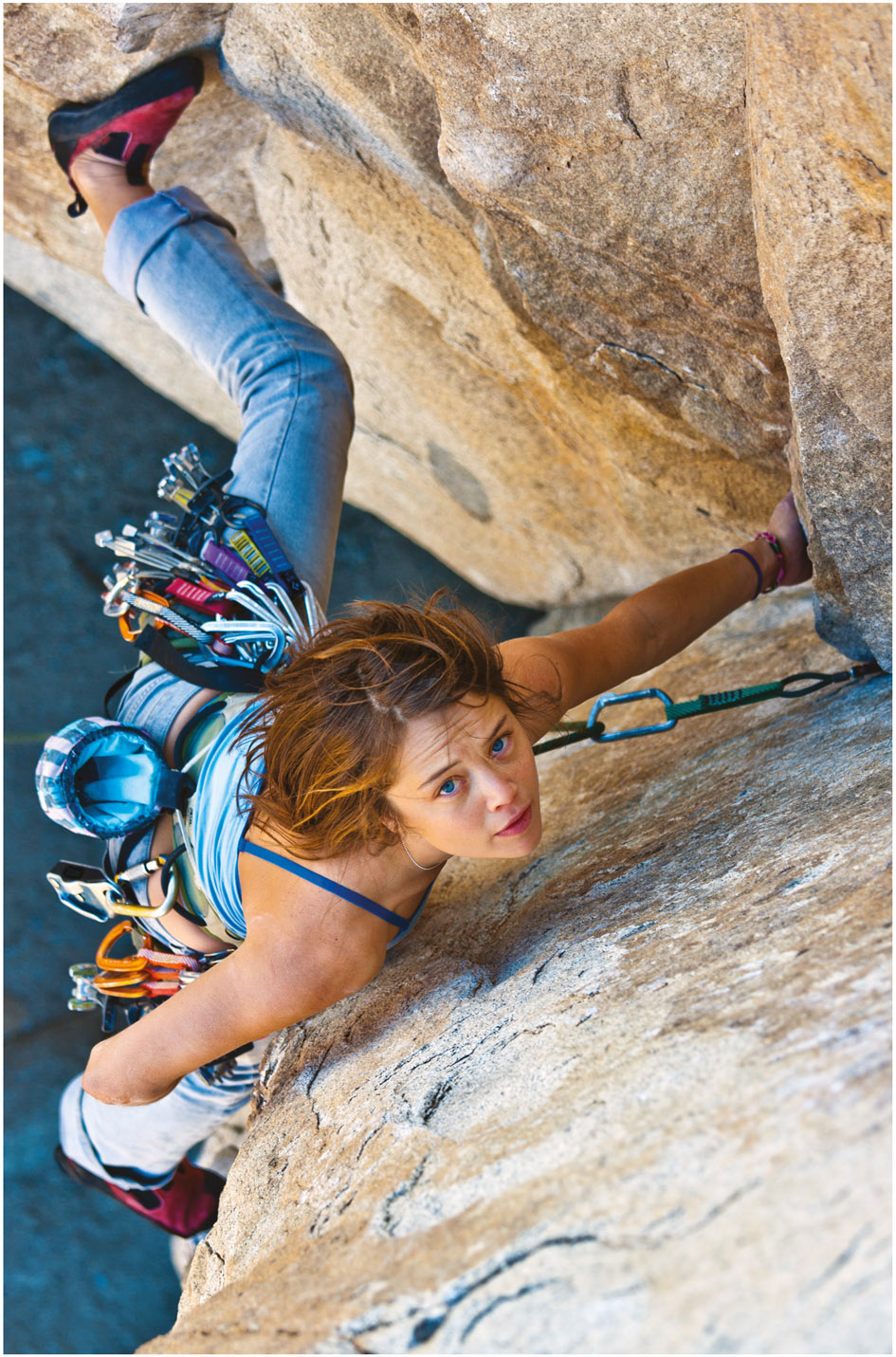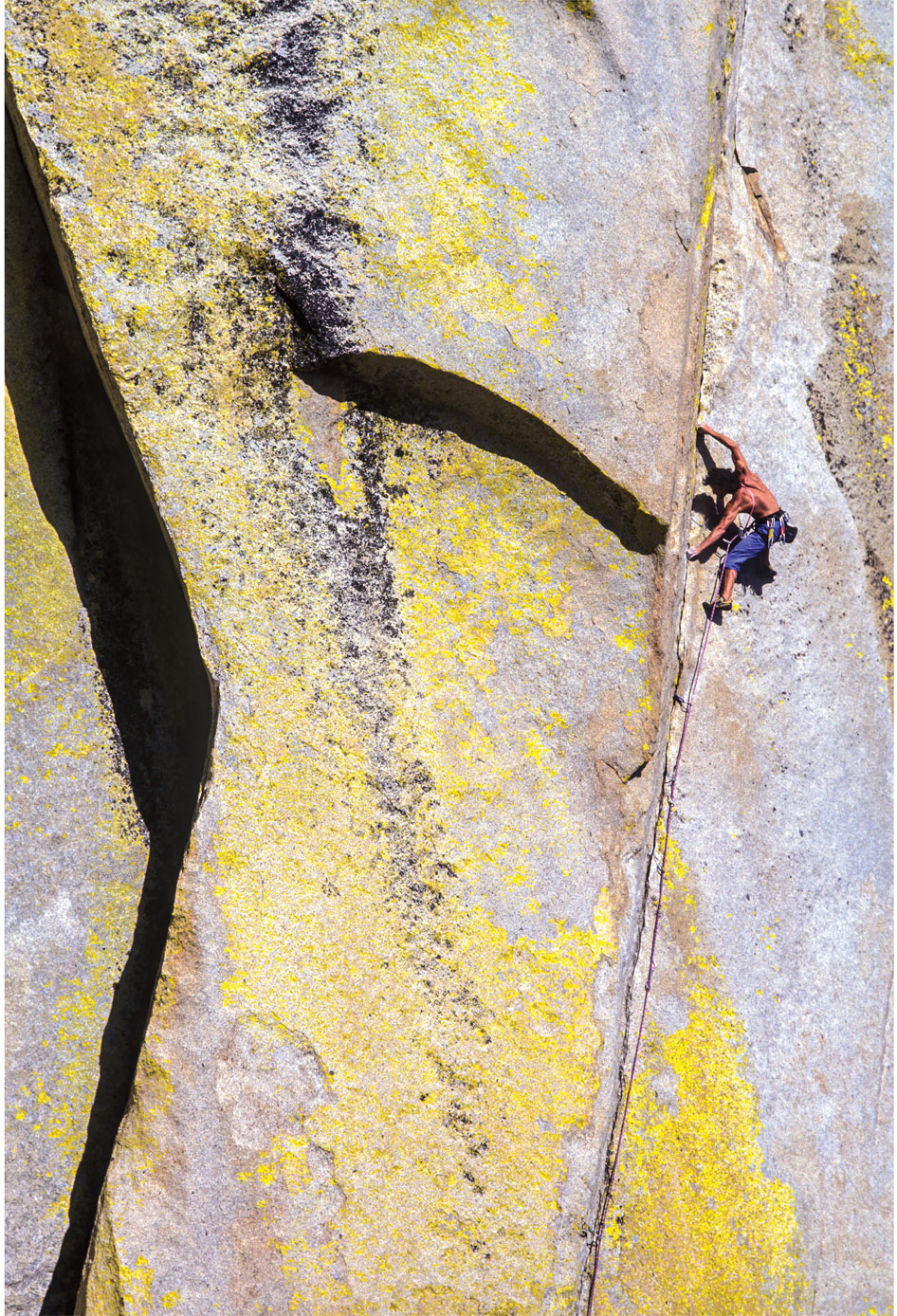Bob Gaines began rock climbing in Southern California in the 1970s. Since then he has pioneered more than 500 first ascents at Tahquitz and Suicide Rocks and Joshua Tree and Yosemite National Parks. Bob began his career as a professional rock climbing guide in 1983 and is the owner of Vertical Adventures Rock Climbing School, which offers classes at Joshua Tree National Park, California. Vertical Adventures was voted the number-one rock climbing school in America by Outside magazine.
Bob has worked extensively in the film industry as a climbing stunt coordinator. He has coordinated more than forty television commercials and was Sylvester Stallones climbing instructor for the movie Cliffhanger. Bob doubled for William Shatner in the movie Star Trek V: The Final Frontier as Captain Kirk free-soloing on El Capitan in Yosemite.
An imprint of The Rowman & Littlefield Publishing Group, Inc.
Falcon and FalconGuides are registered trademarks and Make Adventure Your Story is a trademark of
The Rowman & Littlefield Publishing Group, Inc.
Distributed by NATIONAL BOOK NETWORK
Copyright 2018 by Bob Gaines
All photos by Bob Gaines unless otherwise noted
Illustrations by Mike Clelland
All rights reserved. No part of this book may be reproduced in any form or by any electronic or mechanical means, including information storage and retrieval systems, without written permission from the publisher, except by a reviewer who may quote passages in a review.
British Library Cataloguing in Publication Information available
Library of Congress Cataloging-in-Publication Data available
ISBN 978-1-4930-3139-9 (paperback)
ISBN 978-1-4930-3140-5 (e-book)
 The paper used in this publication meets the minimum requirements of American National Standard for Information SciencesPermanence of Paper for Printed Library Materials, ANSI/NISO Z39.48-1992.
The paper used in this publication meets the minimum requirements of American National Standard for Information SciencesPermanence of Paper for Printed Library Materials, ANSI/NISO Z39.48-1992.
Printed in the United States of America
Warning: Climbing is a dangerous sport. You can be seriously injured or die. Read the following before you use this book.
This is an instruction book about rock climbing, a sport that is inherently dangerous. Do not depend solely on information from this book for your personal safety. Your climbing safety depends on your own judgment based on competent instruction, experience, and a realistic assessment of your climbing ability.
There is no substitute for personal instruction in rock climbing, and such instruction is widely available. You should engage an instructor or guide to learn climbing and safety techniques. If you misinterpret a concept expressed in this book, you may be killed or seriously injured as a result of the misunderstanding. Therefore, the information provided in this book should be used only to supplement competent personal instruction from a climbing instructor or guide. Even after you are proficient in climbing safely, occasional use of a climbing guide is a safe way to raise your climbing standard and learn advanced techniques.
There are no warranties, either expressed or implied, that this instruction book contains accurate and reliable information. There are no warranties as to fitness for a particular purpose or that this book is merchantable. Your use of this book indicates your assumption of the risk of death or serious injury as a result of the risks of climbing and is an acknowledgment of your own sole responsibility for your safety in climbing and/or rappelling or in training for climbing and/or rappelling.
The author and Globe Pequot assume no liability for accidents happening to, or injuries sustained by, readers who engage in the activities described in this book.
Nicki Dyal leads Course and Buggy (5.11a) at Joshua Tree.
PHOTO BY GREG EPPERSON
Jeff Schoen leading The Prescription (5.11), Needles, California.
PHOTO BY GREG EPPERSON
Foreword
C limbing for me was a doorway to a world that made sense. As a teenager rebelling against authority and boggled by the downright weirdness of city life, I opted out as much as I could. Dabbling in a number of sports, I never connected with anythinguntil I touched rock. Compared with the made-up rules of man-made games, climbing immediately brought me in touch with a real and wild world governed by the laws of nature. In that Aha! moment the million-volt light bulb switched on above my head and I realized: This isnt just sport; this is my new life!
Finding what you are born to do doesnt mean you can do it, thoughnot right away, at least. It did, however, provide me with enough fire in my belly to hurdle the obstacles and tackle the setbacks. Still, I could have used some help. I was living in western Canada when climbing hadnt yet become a thing. I scoured the library, but there were far more books on Sasquatch than on anything to do with rock climbing. Trying to learn when there was no one to teach obviously slowed my progress and presented me with all kinds of needless stumbling blocks and even do-or-die scenarios. Over time, though, I bumbled my way to a level of proficiency that allowed me to visit some of the greatest climbing areas on the planet.
What it brought me went way beyond what I expected. Searching for cliffs around the world, Ive come face to face with mountain lions and Himalayan yaks, kangaroos and koalas, exotic birds and venomous snakes. But it is the climbing that has been the most mind bending, hair curling, and jaw dropping. And it is that intensity that heightens the senses andI thinkmakes us better than who we are. Rock gymnastics above a thousand feet of air, needle-sharp summits against blue skies almost black from the altitude, and adventures so rich they turn climbing friends into blood brothers. Climbing alone, I even found some of that relaxed familiarity with an environment normally achieved by lizards and monkeys.
A lot has changed since I first started climbing. My initial roadblock was too little information; now you could say that there is too much. Anyone with a laptop can publish, whether its a treasure trove of good insight or a Dumpster full of rubbish. The tough part now is finding that treasure.



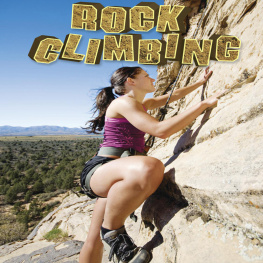
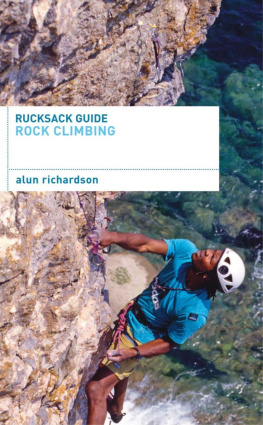
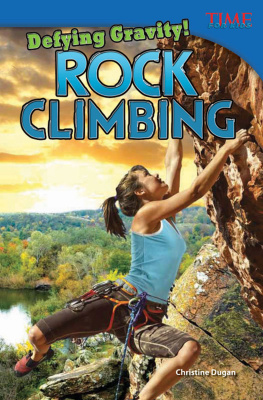
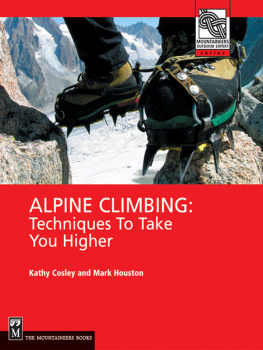
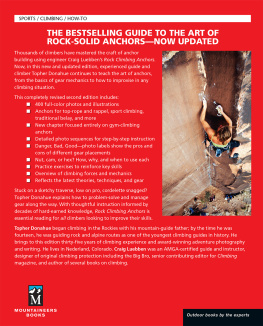



 The paper used in this publication meets the minimum requirements of American National Standard for Information SciencesPermanence of Paper for Printed Library Materials, ANSI/NISO Z39.48-1992.
The paper used in this publication meets the minimum requirements of American National Standard for Information SciencesPermanence of Paper for Printed Library Materials, ANSI/NISO Z39.48-1992.